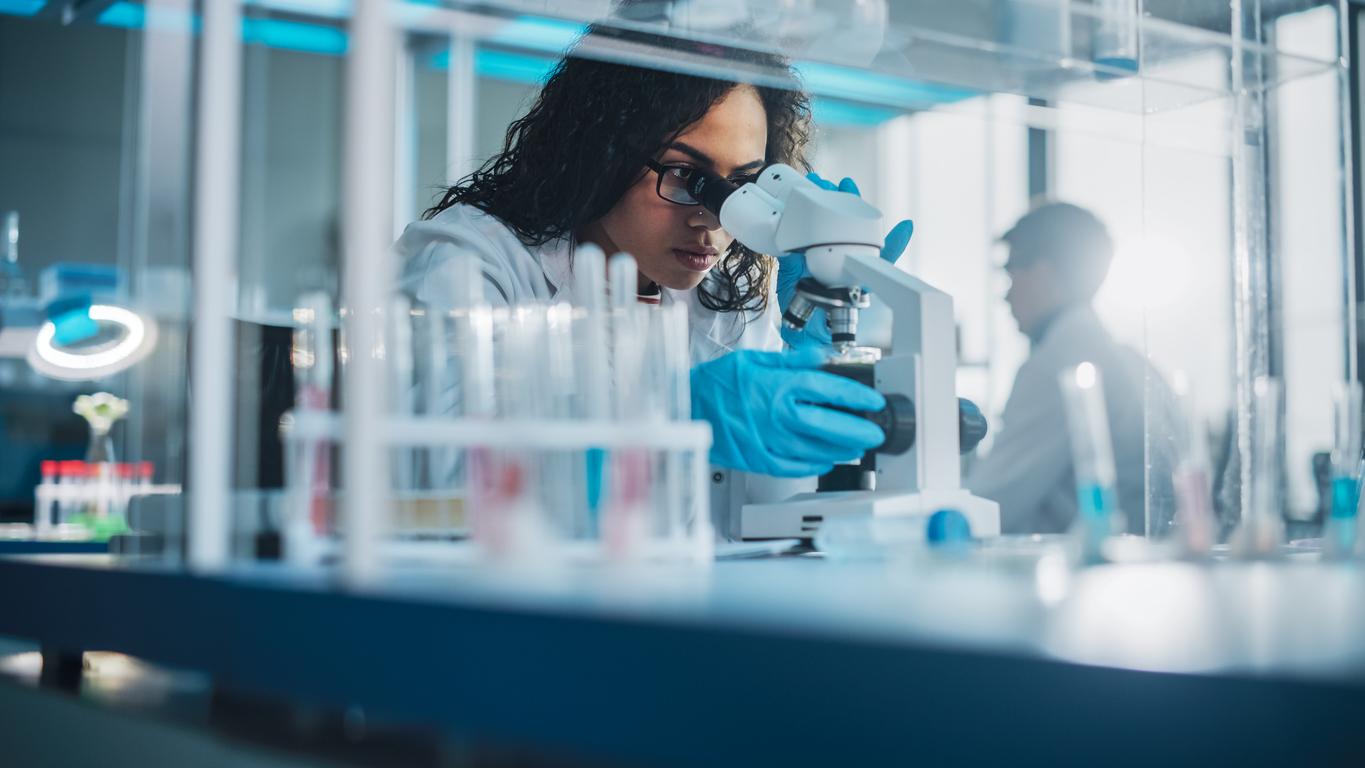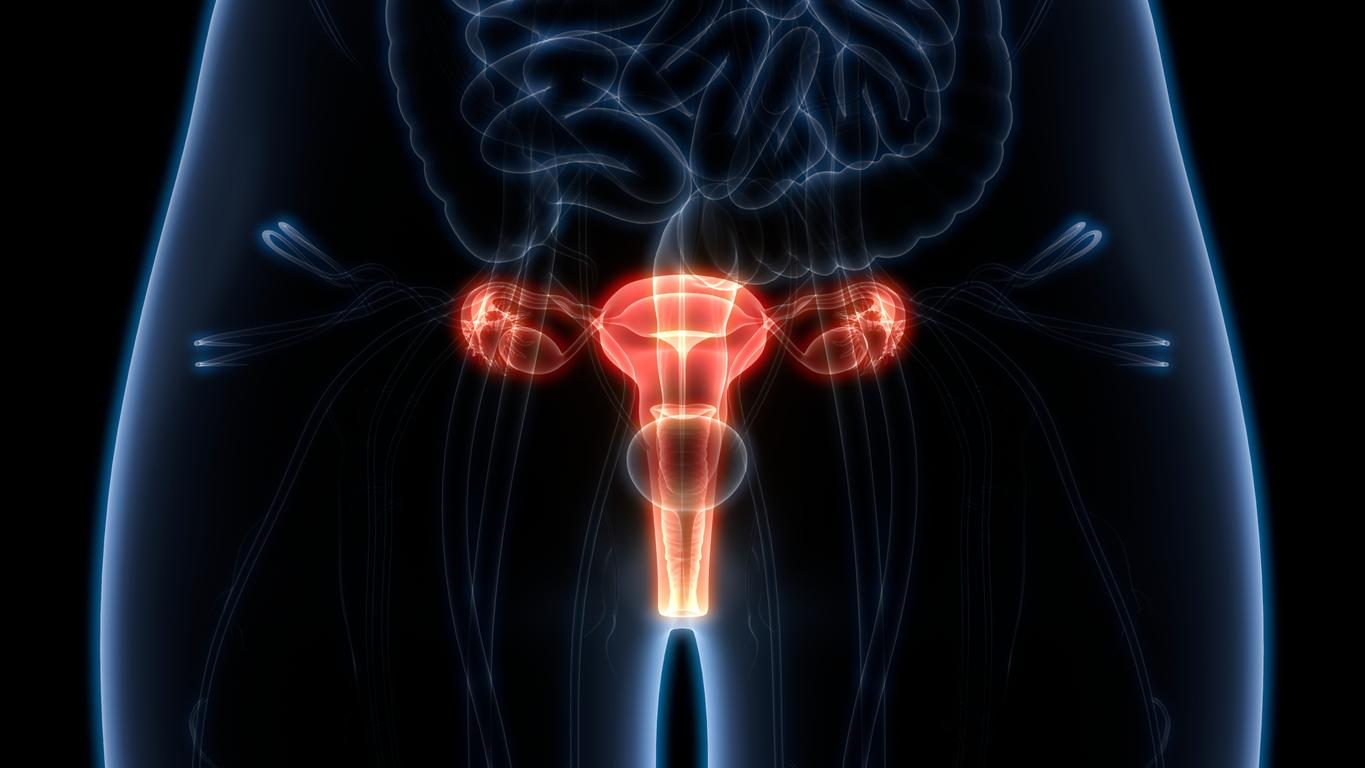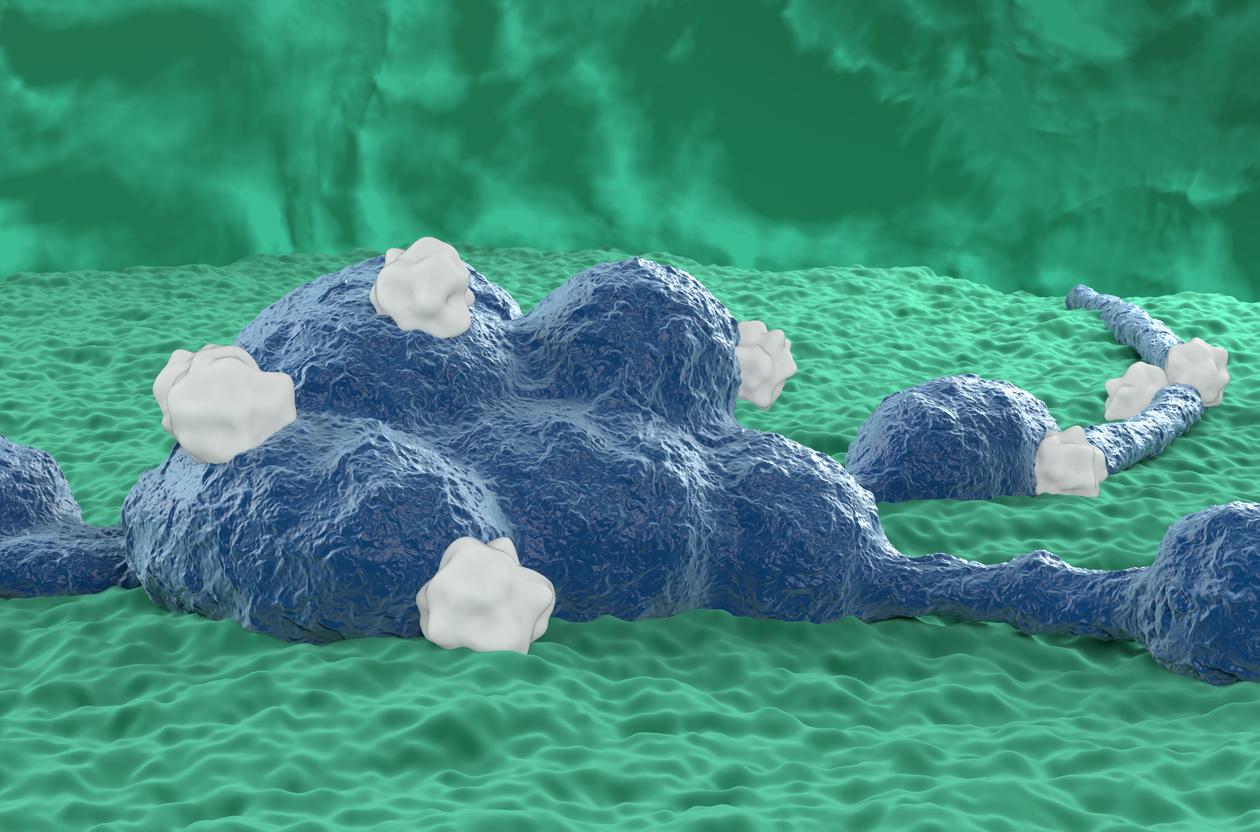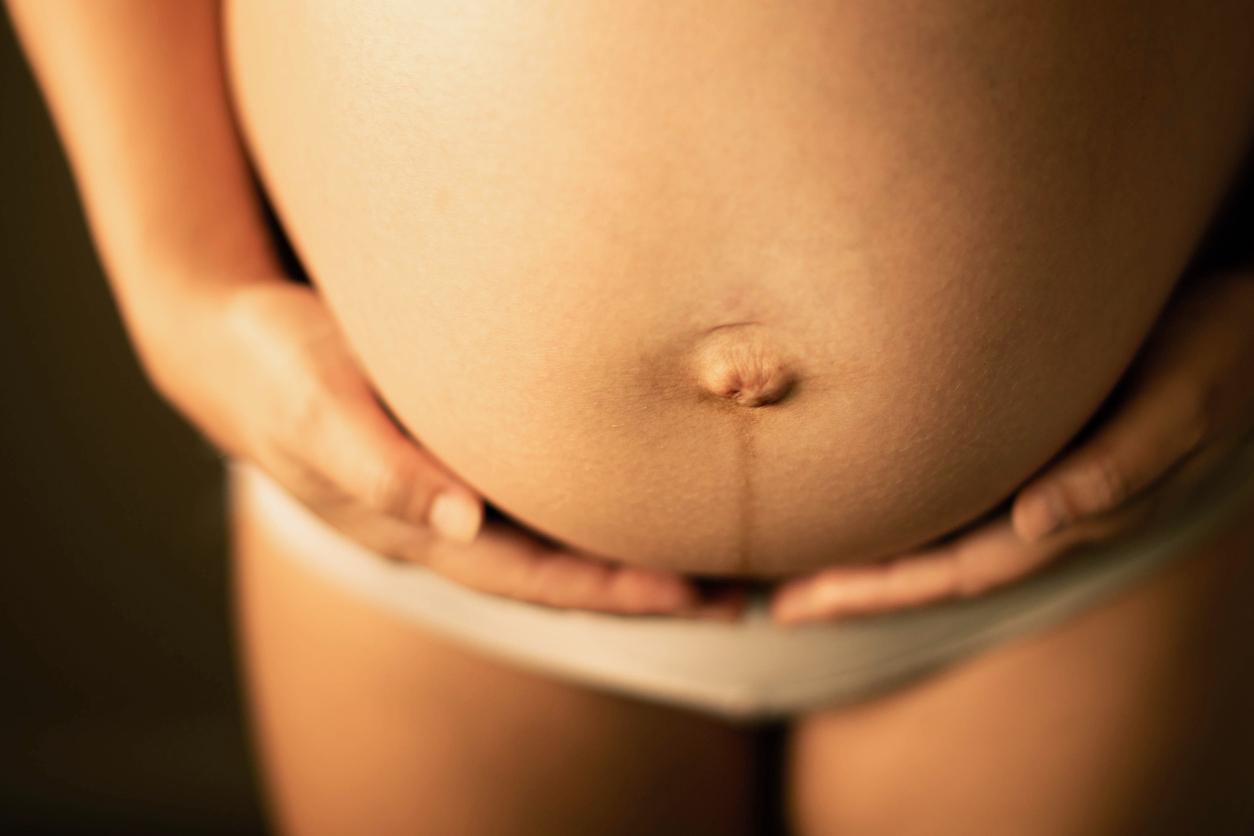Implanted in sterile mice, artificial ovaries restored a normal cycle, and even led to births.

For women who have undergone treatments that affect the menstrual cycle or fertility, especially those who suffered from cancer during their childhood, pregnancy can be a real challenge. This challenge, reproduction researchers and engineers at Northwestern University (United States) have attempted to meet.
With success, if we are to believe the results they published this Tuesday in the journal Nature Communications. They succeeded, in mice whose ovaries had been removed, to restore menstrual cycles, and even to make them reproduce… thanks to 3D printing!
“The holy grail of regenerative medicine”
Scientists have achieved this feat by working on a printed die. A particular mesh of filaments, made with a gelatin derived from collagen, allows both the follicles containing the future eggs to nest there, and the arteries to reform. Once the “artificial” egg is reimplanted, the mouse returns to normal cycle, and it can reproduce normally. Babies born using this experimental technology showed no difference from naturally born mice.
“Our research shows that bioprosthetic ovaries have long-term viability,” says Teresa Woodruff, reproduction specialist at Northwestern University. Using bioengineering to restore functioning organic structures, rather than organ donation, is kind of the holy grail of regenerative medicine. “
Resumption of a normal cycle
In a normal cycle, the maturation of the follicles, contained in the ovaries, is governed by hormones from the pituitary gland (LH and FSH). It ends with the release (in principle) of an egg per cycle, which circulates in the fallopian tubes, in order to be fertilized and to nest in the uterus.
Here, the researchers implanted several eggs, at different stages of maturation, on their gelatin framework. In barely a week, the artificial eggs were revascularized, without the contribution of external growth factors, in a distribution similar to that of a natural ovary. Blood supply is essential for the circulation of hormones produced by the follicles.
In the implanted mice, the follicle cycle (maturation, ovulation, corpus luteum) resumed normally, as did the hormonal interactions between the ovaries and the brain. The rodents were thus able to be fertilized, carried their gestations to term, and the lactation process, governed by hormones, began naturally after birth.
Trigger puberty
“In some of our cancer patients, the ovaries are not functioning well enough, and need hormonal therapy to trigger puberty,” said Monica Laronda, endocrinologist at Northwestern University, and co-author of the study. The 3D printed ovary helps restore normal function. We see further: from puberty, to adulthood, until menopause. “
Another advantage of 3D printing is that the size of the artificial ovary can be adapted to the patient’s size. Researchers are now working on adapting the mesh for humans, and on the number of follicles that could be placed on the printed matrices, in order to extend their use. So far, around fifty of them have been implanted. At the start of her sexual maturity, a woman has about 400.
.
















